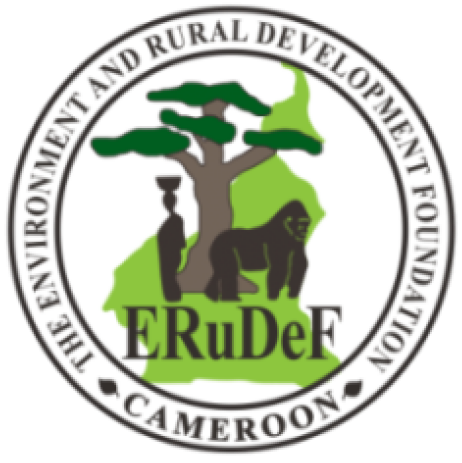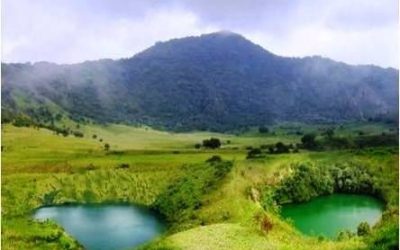
During a recent visit paid the Division by a team of experts from the Environment and Rural Development Foundation (ERuDeF), it was discovered that the farmers who adopted the agroforesrty techniques earlier demonstrated to them have witnessed significant improvement in their farm yields.
One of the farmers, Mr Jonhson of Fondong village, who planted the Neem seeds in his homeland experienced tremendous improvement in his apiary. This is because of the few Neem seeds given to the farmer, 5 years ago, 10 Neem trees survived and are now serving as a seed bank to both ERuDeF and local farmers in the Division.
The farmer testified that these Neem trees have helped him raise money to meet his daily demands. Based on this, he has planted 100 more Neem trees in this garden.
He attributed his success to the skills he gathered during a training workshop on agroforestry techniques organized last year by the Environment and Rural Development Foundation (ERuDeF)
“The idea of using agroforestry trees in my apiary came from the presentations of success stories in other Regions. I watched a video showing colonies of bee hives on Acacia trees in Batcham, Bamboutos Division in the West Region. I told myself I must follow suit” the farmer said.
Mr Johnson added that he has also planted over 7000 Calliandra and 28 Prunus, together with trees like mangoes, Eucalyptus, Cacia and food crops like cocoyam and plantain in his 0.8ha piece of land. He is also excelling in apiculture.
“I have 8 bee hives in my land and planning to increase them if given the available resources. This is the second time the hives have colonized. Each hive produces 3 to 6 litter of honey, which I sell and use the money to support my children’s education and sustain my family” he explained.
The Boyo based farmer recommended that ERuDeF alternates her annual review meetings with field based technicians in the different Regions so that each technician can see and experience the success stories of other farmers and emulate their examples.
The agroforestry technologies are introduced by the Department of Agroforestry and Agricultural Development of ERuDeF with supports from Trees for the Future, USA
By Payong Marquise



